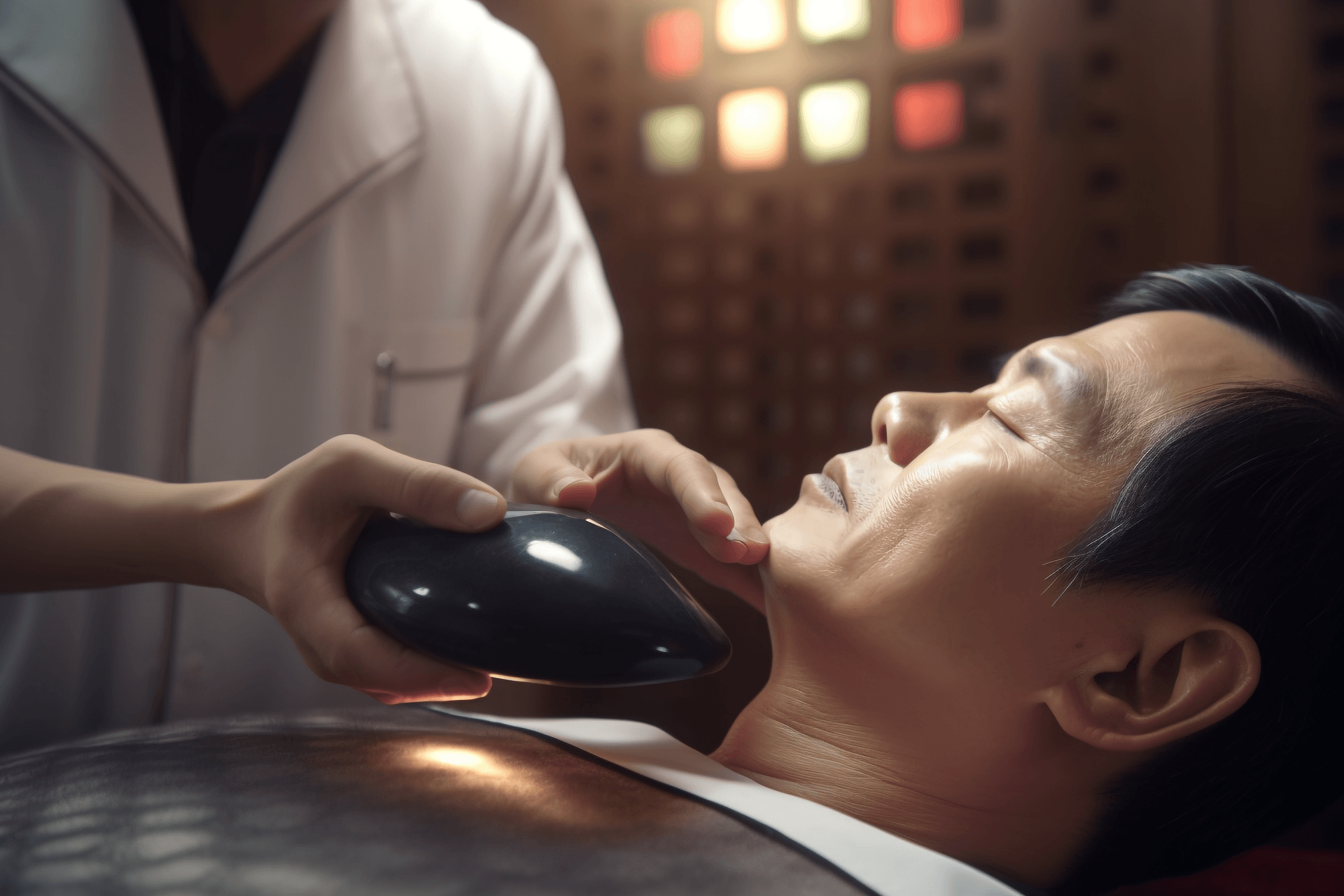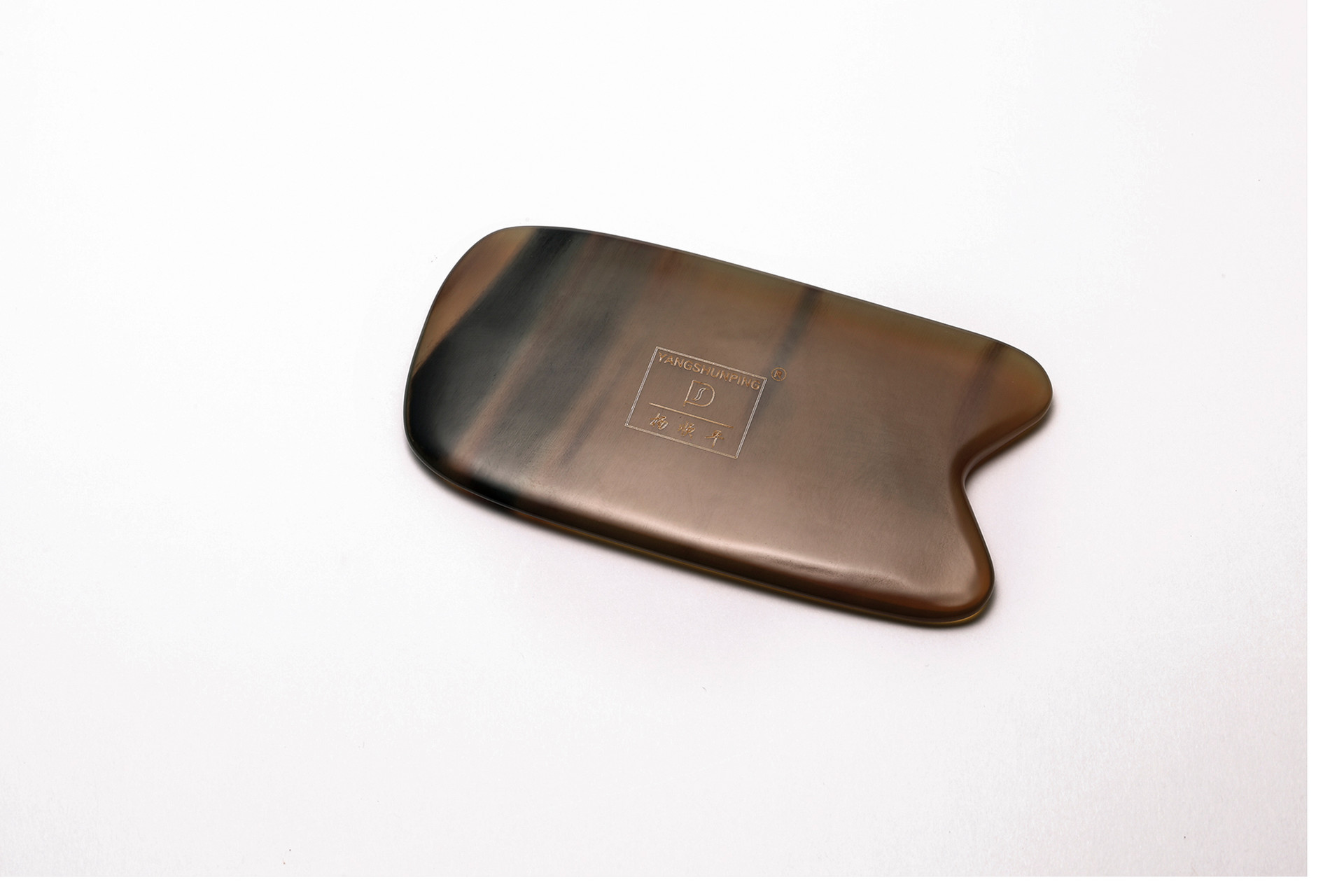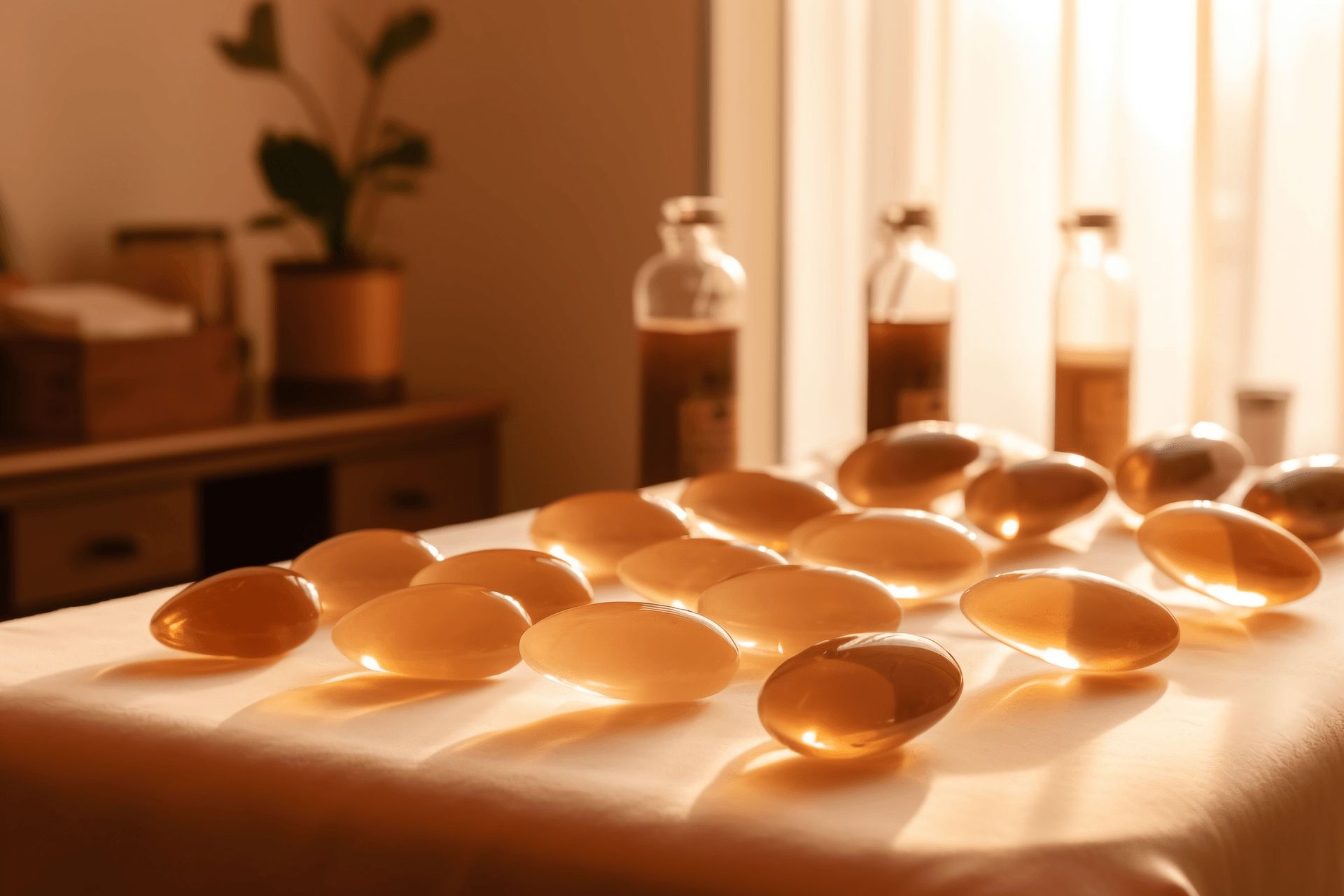Scraping therapy, also known as Gua Sha, is one of the traditional Chinese medical treatments. It is based on the theory of meridians and acupoints in Traditional Chinese Medicine and uses scraping tools to apply gentle pressure on specific meridians or areas of the skin to promote blood circulation and alleviate pain. So, can scraping therapy treat cervical spondylosis? What are the benefits of scraping therapy? Let's find out.
Can scraping therapy treat cervical spondylosis?
1. Scraping therapy for cervical type cervical spondylosis
Cervical type cervical spondylosis often presents with shoulder pain, limited neck movement, stiffness in the shoulder and back, and radiating numbness in the shoulder and arm. Scraping therapy can help dispel wind and dampness and promote meridian circulation for these symptoms.
Acupoints and technique: Fengchi acupoint, Neijian acupoint, Dazhui acupoint, and shoulder-neck acupoint. The patient should sit down, clean the skin in the affected area, and use the scraping tool to gently scrape back and forth with moderate pressure until petechiae appear on the skin.
2. Scraping therapy for vertebral artery type cervical spondylosis
Patients with vertebral artery type cervical spondylosis often experience dizziness, limited neck movement, and symptoms such as dizziness, tinnitus, irritability, and nausea. Scraping therapy can help nourish qi and blood for these symptoms.
Acupoints and technique: Fengchi acupoint, Piyu acupoint, Ganyu blood acupoint, Shenyu acupoint, and Xuanzhong acupoint. The patient should lie prone, clean the skin in the affected area, and repeatedly scrape the mentioned acupoints with slow and gentle movements until the skin turns red.
3. Scraping therapy for nerve root type cervical spondylosis
The main symptoms of nerve root type cervical spondylosis are neck and shoulder pain, radiating pain along the neck nerve root, and sensations of needle pricks and electric shocks. Scraping therapy can help promote meridian circulation and improve blood circulation for these symptoms.
Acupoints and technique: Shoulder-neck acupoint and the upper limb meridian pathway of the Hand Yangming Large Intestine Meridian. The patient should sit down, clean the skin in the affected area, and use the scraping tool to scrape the mentioned acupoints. Start with Jianjing acupoint and then move to the upper limb. The scraping technique should be vigorous and fast. Repeat the scraping until the skin turns red.
4. Scraping therapy for spinal cord type cervical spondylosis
Spinal cord type cervical spondylosis is a more severe type, with symptoms such as limb numbness, difficulty in movement, and even paralysis.
Acupoints and technique: Main acupoints for scraping include Neijian acupoint, Ganyu blood acupoint, Shenyu acupoint, and Xuanzhong acupoint. The patient should lie prone, clean the skin in the affected area, and use the scraping tool to scrape the mentioned acupoints. Start with the back acupoints and then move to the Xuanzhong acupoint. The scraping technique should be gentle and slow, with longer stimulation time.
5. Scraping therapy for sympathetic type cervical spondylosis
Sympathetic type cervical spondylosis is often characterized by neck pain, dizziness, fatigue, blurred vision, and symptoms such as cold limbs, hot flashes, night sweats, insomnia, and vivid dreams. Scraping therapy can help warm the meridians and alleviate pain for these symptoms.
Acupoints and technique: Main acupoints for stimulation include Xinshu acupoint, Piyu acupoint, Weiyu acupoint, and Zusanli acupoint. Clean the skin in the affected area and use the scraping tool to scrape the mentioned acupoints with moderate pressure until the skin turns red.
Who should avoid scraping therapy for cervical spondylosis
Scraping therapy is not suitable for everyone. The following individuals should avoid scraping therapy: elderly and weak individuals, those who are extremely hungry or full, intoxicated or fatigued individuals, infants, especially in fragile areas such as the head, neck, and spine, patients with advanced tumors, women during menstruation, patients with severe internal diseases such as cardiovascular, pulmonary, or cerebral diseases, and patients with bleeding tendency, such as severe anemia or leukemia.








